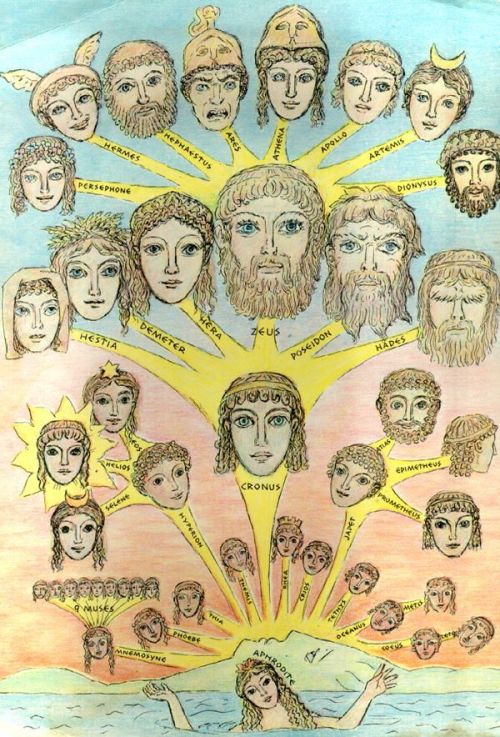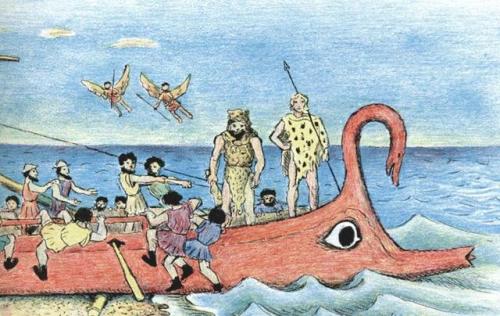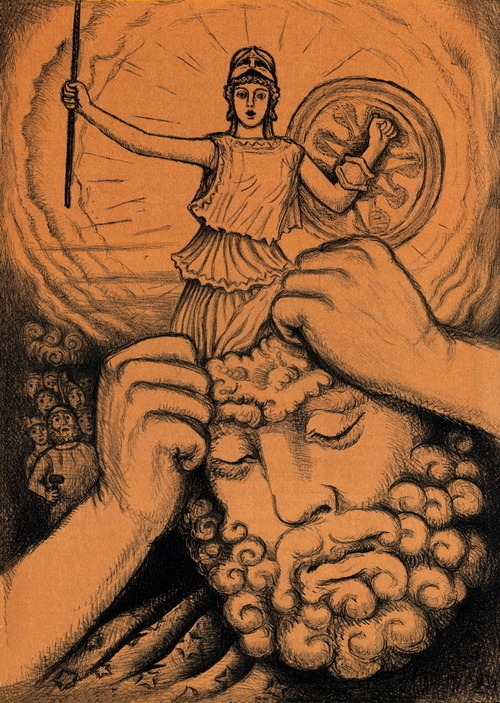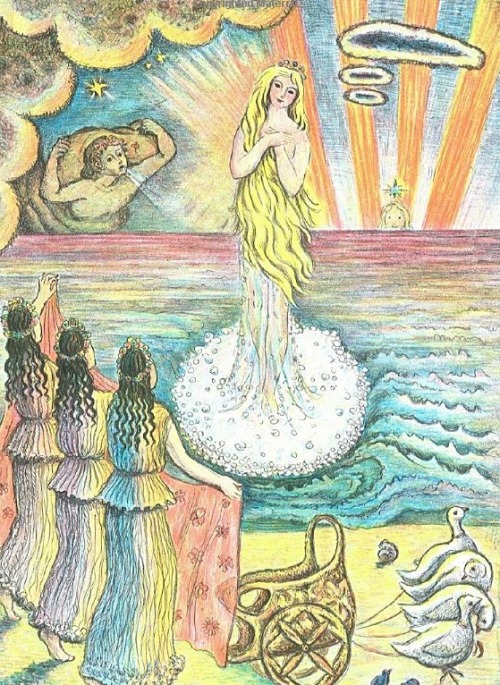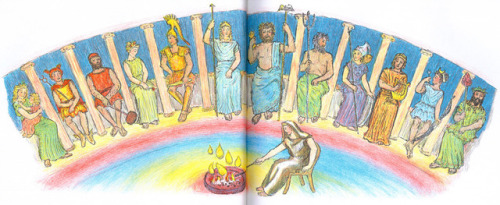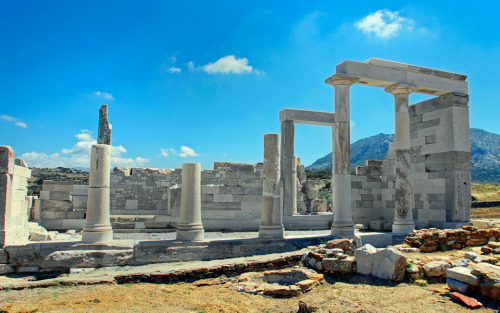#ancient greece
Demigods be like:

Hades be like “I know a spot” and then take you to the underworld
Kronos be like “I know a spot” and then eat you
Eros be like “I know a spot” and take you to his fancy house
Greek myths are just a bunch of people getting vibe checked
When something happened in ancient Greece:

Prometheus giving humans fire:

Someone narrating the dinner with Tantalus:

Sciron every time he forced someone to wash his feet:

*casually spends 2 hours reading that classic poetry book I’ll never buy*
People in ancient Greece making sacrifices to Demeter:

What Hades did: *kidnaps Persephone and takes her to the underworld*
What Hades says he did:

Zeus when he got control over the sky while Poseidon got the sea and Hades got the underworld:

Prometheus: *steals fire and gives it to humans*
Zeus: why would you give fire to humans?!
Zeus:

Prometheus: *steals fire and gives it to humans*
Zeus: *punishes him*
Prometheus:

The evocative and wonderful D’Aulaires Book of Greek Myths. Trained by the painter Henri Matisse, the D’Aulaires did books of Greek Myths, Norse myths, Norwegian troll stories, and even did a couple on the life of great American heroes, like a volume on the life of Abe Lincoln.
Their imaginative version of Greek Myth was a towering achievement.
Post link
A L E X A N D E R T H E G R E A T (forilvalentinos)
‘how may a man become a god?‘
'by doing something a man cannot do.’
Post link
Ares Borghese, imperial era marble, ca. 1st - 2nd century AD, Rome.
The Ares Borghese is a Roman marble statue of the imperial era. It is 2.11m high. It is identifiable as Ares by the helmet and by the ankle ring given to him by his lover Aphrodite. This statue possibly preserves some features of an original work in bronze, now lost, of the 5th century BC. - wikipedia
Post link
Krater from the Geometric Period, terracotta, ca. 750-730BC, Greece.
Monumental vases like this one were used as grave markers during the Geometric Period (kraters for men and amphoras for women). On the largest part of the vase is depicted a scene called “prothêsis” in which the deceased is laid on a bier and surrounded by mourners. The mourners are represented with the hands on their heads because it symbolises their wailing. The charriots and shields depicted under the prothêsis are probably there to show that the deceased had a powerful ancestry.
Courtesy of Metmuseum.
Post link

